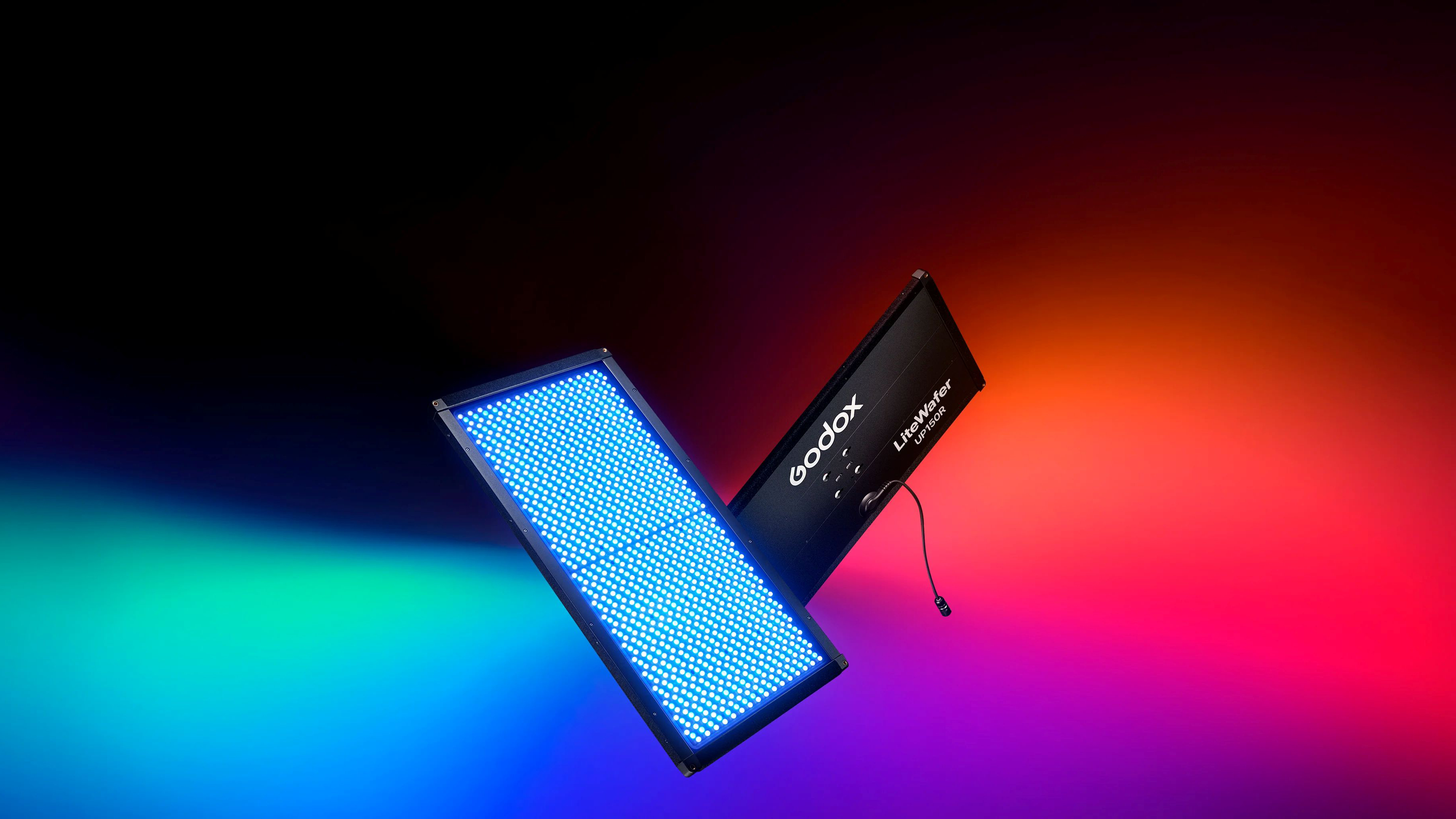8K DCI or 8K UHD? Which video setting should you use for your filmmaking?
8K is 8K, right? Not quite, because there is more than one standard for the horizontal resolution and aspect ratio.

The simple definition of 8K video is that each video frame is approximately 8,000 pixels wide (or 8K pixels). We say ‘approximately’ because 8K, just like 6K and 4K is a slightly woolly standard to allow for variations in standard frame sizes.
It’s easiest to start with aspect ratios. The almost universal aspect ratio for computer monitors, TVs and many digital devices is 16:9. In the past we’d have called this ‘widescreen’, but now it’s normal. The idea is that the video is always 16 units wide by 9 units high, so the ratio of the width to the height remains the same, regardless of the actual video resolution.
So far so good. However, 8K UHD – the main standard for 8K video – isn’t quite 8,000 pixels wide. In fact it’s 7680 pixels wide by 4320 pixels. So it’s like the manufacturers have cut themselves a little slack here, but in fairness it is a correct doubling of the resolution of 4K UHD, which is 3840 pixels wide by 2160 pixels high.
The bottom line is that 8K UHD video is ‘near enough’ 8,000 pixels wide and has the same near-universal 16:9 aspect ratio as 4K UHD and Full HD too.
So what is 8K DCI?
8K DCI is different in two ways. First, it has a slightly higher resolution of 8192 pixels wide by 4320. You’ll see that the vertical resolution is the same at 4320 pixels, horizontal width is greater.
This leads on to the second difference. Making the video wider without making it taller changes the aspect ratio. The DCI format is indeed ‘wider’ than the regular UHD standard. DCI stands for Digital Cinema Initiative, a consortium of big movie studios aiming to create standards for digital video recording. It’s lent its weight to this slightly wider DCI standard, which is hard to compare precisely to regular 16:9 because the number don’t tie in as neatly, but DCI is closer a 19:10 ratio, give or take a few pixels here and there.
You could argue that the best 8K cameras or the best professional cameras should be able to shoot not just 8K UHD but also 8K DCI.
The best camera deals, reviews, product advice, and unmissable photography news, direct to your inbox!
Should you film in 8K UHD or 8K DCI?
That depends entirely on what your client wants and whether you’re supplying content to a big studio. For regular vloggers, solo shooters and smaller studios dealing directly with clients, the regular 16:9 ratio is probably best, so that’s 8K UHD (or 4K UHD).
But if you’re supplying video for a larger production company or movie studio, you need to check whether they want the DCI format instead. In this case you need the slightly wider DCI format – which would be 8K DCI (or 4K DCI).
The ability to shoot the wider DCI format can be a selling point for higher-end hybrid cameras. Whether or not you need to shoot DCI video, it marks the camera out as a professional tool.
- Other video jargon explainers:
- 8K vs 4K: Why more resolution isn't always better
- 4K vs 1080p: What's the difference? ...
- Long GOP vs All-Intra: what are they and what's the difference?
- 4:2:2 vs 4:2:0 video: What are they and why do they matter?
- What is 'Open Gate' and do you really need it on your camera?

Rod is an independent photography journalist and editor, and a long-standing Digital Camera World contributor, having previously worked as DCW's Group Reviews editor. Before that he has been technique editor on N-Photo, Head of Testing for the photography division and Camera Channel editor on TechRadar, as well as contributing to many other publications. He has been writing about photography technique, photo editing and digital cameras since they first appeared, and before that began his career writing about film photography. He has used and reviewed practically every interchangeable lens camera launched in the past 20 years, from entry-level DSLRs to medium format cameras, together with lenses, tripods, gimbals, light meters, camera bags and more. Rod has his own camera gear blog at fotovolo.com but also writes about photo-editing applications and techniques at lifeafterphotoshop.com
You must confirm your public display name before commenting
Please logout and then login again, you will then be prompted to enter your display name.
